Lesson summary
Students will investigate both native and introduced pollinators in Australia. They will explore the features and behaviours of these pollinators, how they created environmental change, and how they are impacted by environmental change. They will then participate in Australia’s Bug Hunt to take observations of pollinators in their local environment and contribute to efforts to protect Australia’s pollinators.
Learning intentions
Students will:
- discover Australia’s amazing range of native invertebrate pollinators
- explore the impact of invasive invertebrates on native pollinators.
Success criteria
Students can:
- use structural features and appearance to identify pollinators.
- describe how invasive invertebrates impact the survival of native invertebrates.
Lesson guides and printables
Curriculum links
Select your curriculum from the options below.
Lesson details
Skills
This lesson is designed to build students’ competencies in the following skills:
- critical thinking
- curiosity
- digital literacy
- global citizenship
Curriculum Mapping
Australian Curriculum (v9.0) content description:
Year 5 & 6, Science
Students will:
- examine how particular structural features and behaviours of living things enable their survival in specific habitats (AC9S5U01).
- investigate the physical conditions of a habitat and analyse how the growth and survival of living things is affected by changing physical conditions (AC9S6U01).
Relevant parts of Year 5 & 6 achievement standards: Students explain how the form and behaviour of living things enables survival. They explain how changes in physical conditions affect living things.
General capabilities: Critical and Creative Thinking, Ethical Understanding
Cross-curriculum priority: Sustainability
Level of teacher scaffolding: High - explicit instruction and facilitates student data collection.
UN Sustainable Development Goals
- Target: 15.8: By 2020, introduce measures to prevent the introduction and significantly reduce the impact of invasive alien species on land and water ecosystems and control or eradicate the priority species.
Resources Required
- Device capable of audiovisual materiald
- Devices to photograph invertebrates (1 per group)
- Visual explainer - Australia’s Pollinators
- Visual explainer - Bug Hunt
Additional Info
The Invasive Species Council is Australia’s leading advocate for protecting native wildlife and ecosystems from invasive plants, animals, and pathogens. They work to raise awareness, influence policy, and engage communities in practical solutions to prevent and manage invasive species. Invertebrates Australia champions the conservation and appreciation of Australia’s native invertebrates. They provide research, education, and community programs that highlight the vital role these species play in healthy ecosystems and biodiversity.
Related Professional Learning
What Makes a Species ‘Threatened’? Teaching Biodiversity and Species Protection
Quick summary: Learn about biodiversity and threatened species with Ecologist Thomas Nixon. You will learn what biodiversity is and how it is regulated in Australia, and you will look at some specific case studies that show what is being done across the country to protect our unique biodiversity.
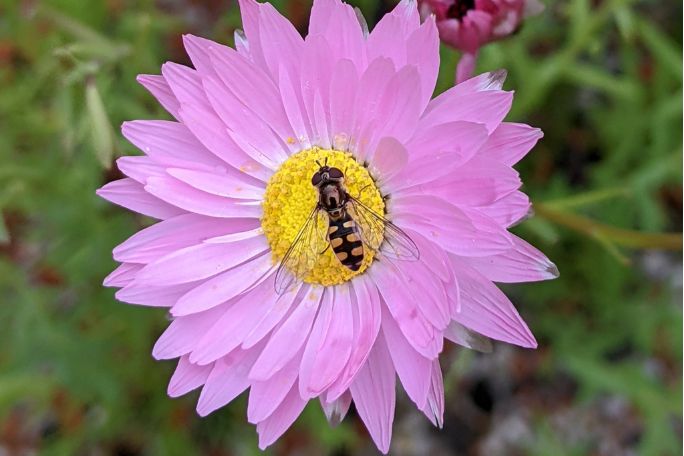
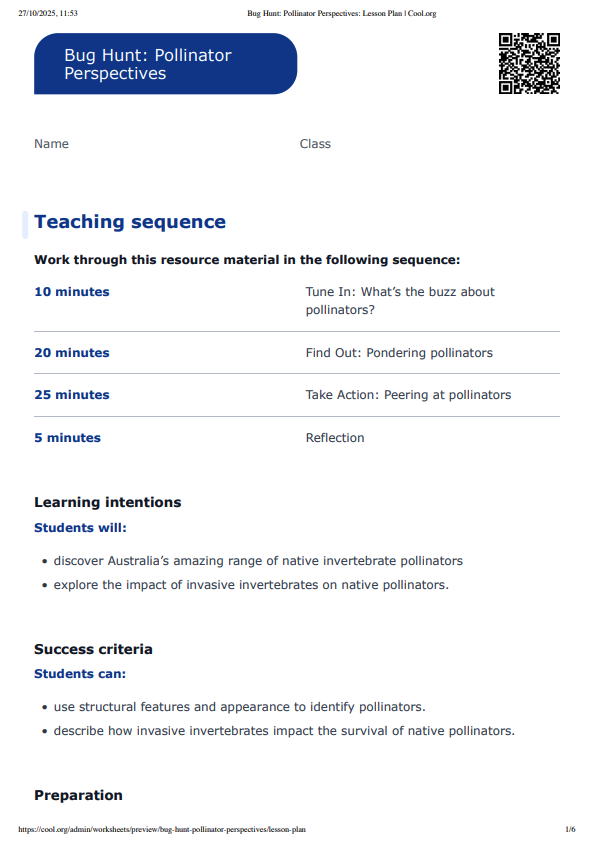
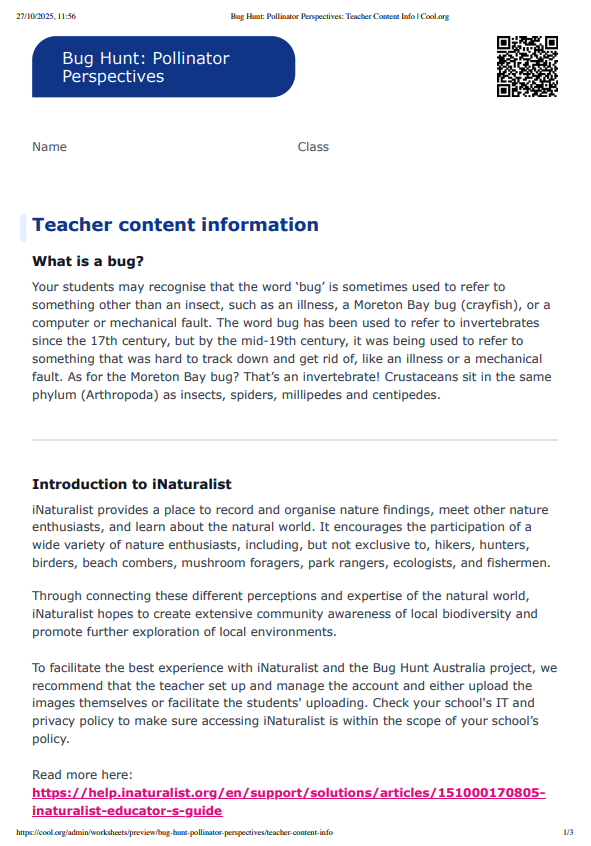
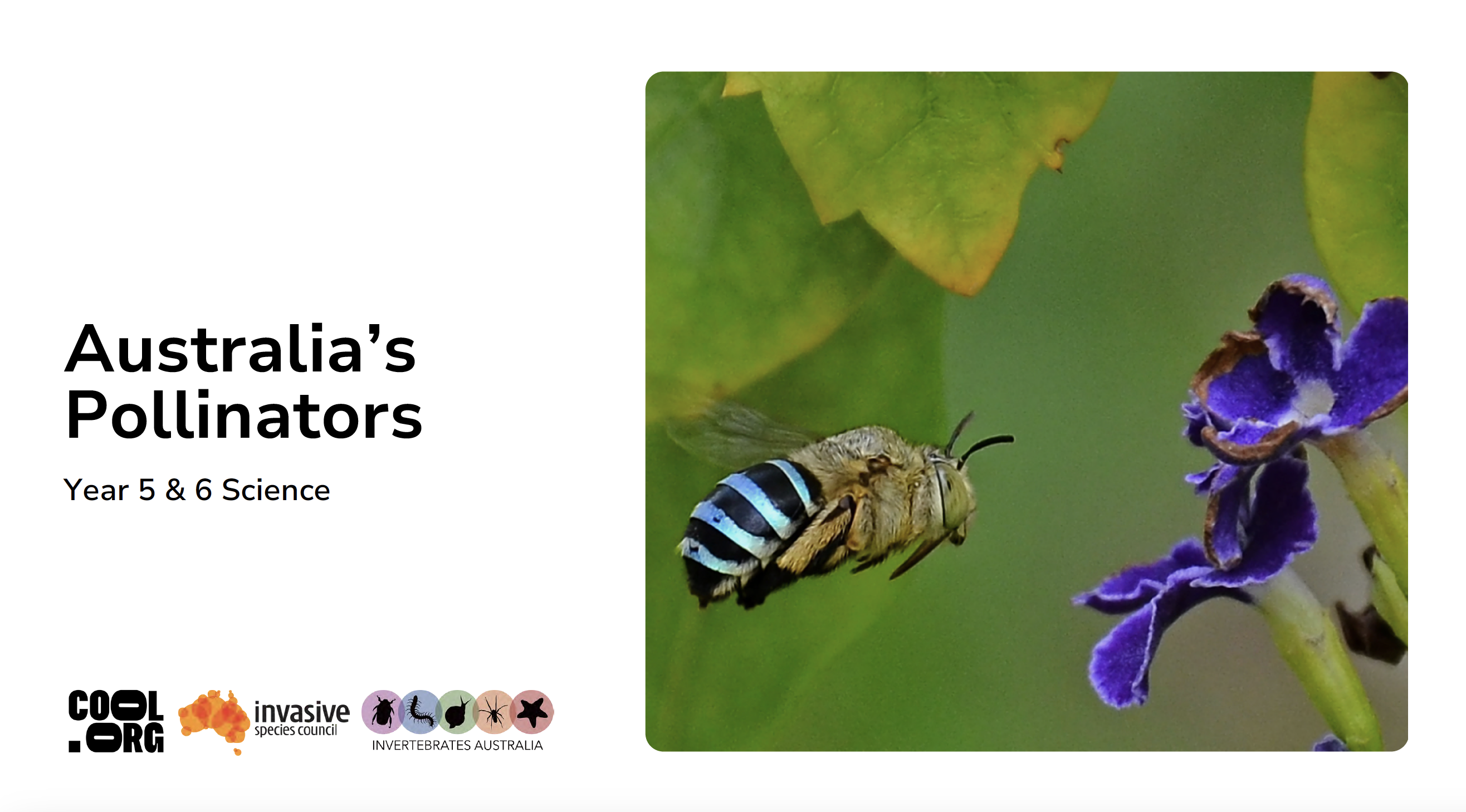
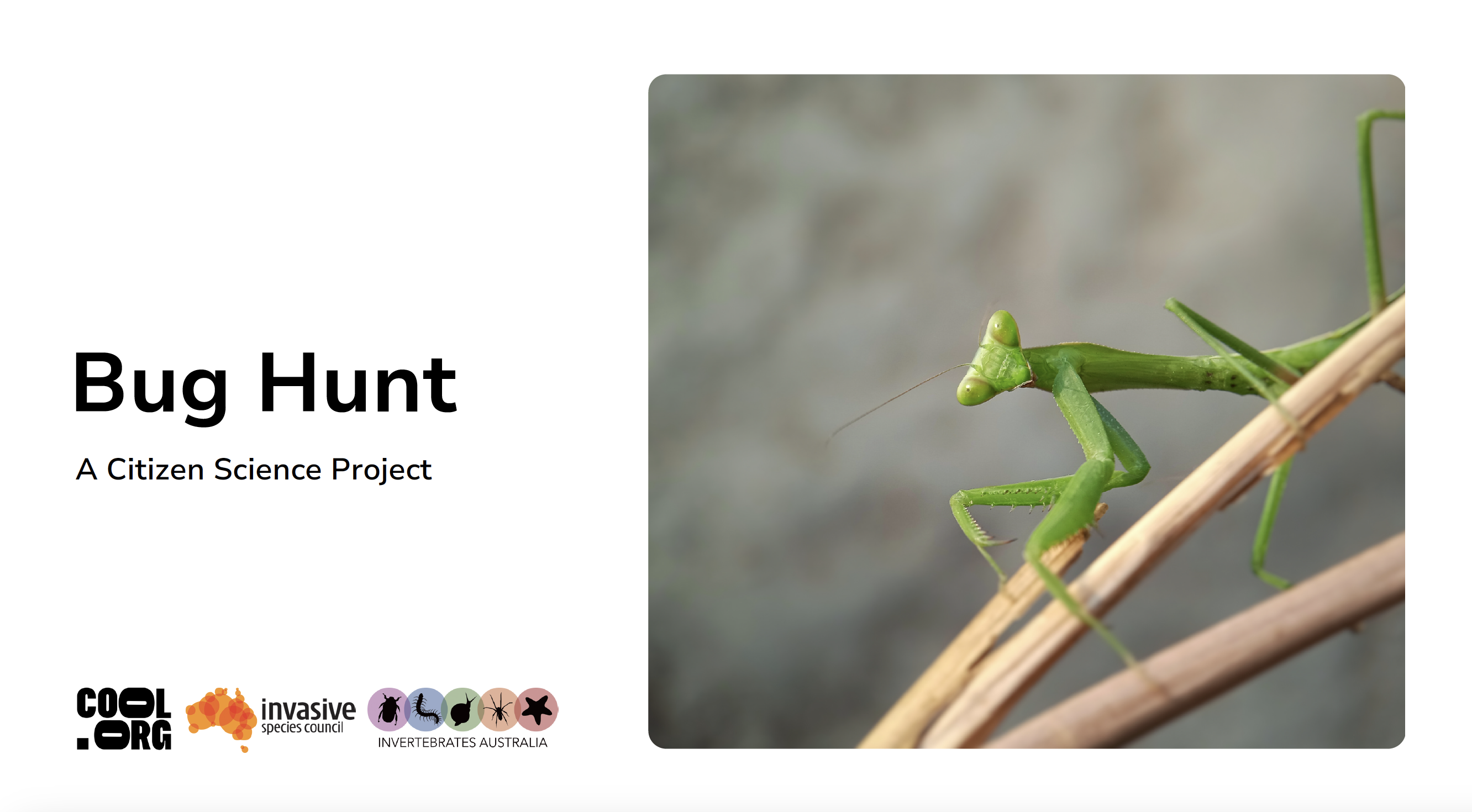
Welcome back!
Don't have an account yet?
Log in with:
Create your free Cool.org account.
Many of our resources are free, with an option to upgrade to Cool+ for premium content.
Already have an account?
Sign up with:
By signing up you accept Cool.org's Terms and Conditions(Opens in new tab) and Privacy Policy(Opens in new tab).